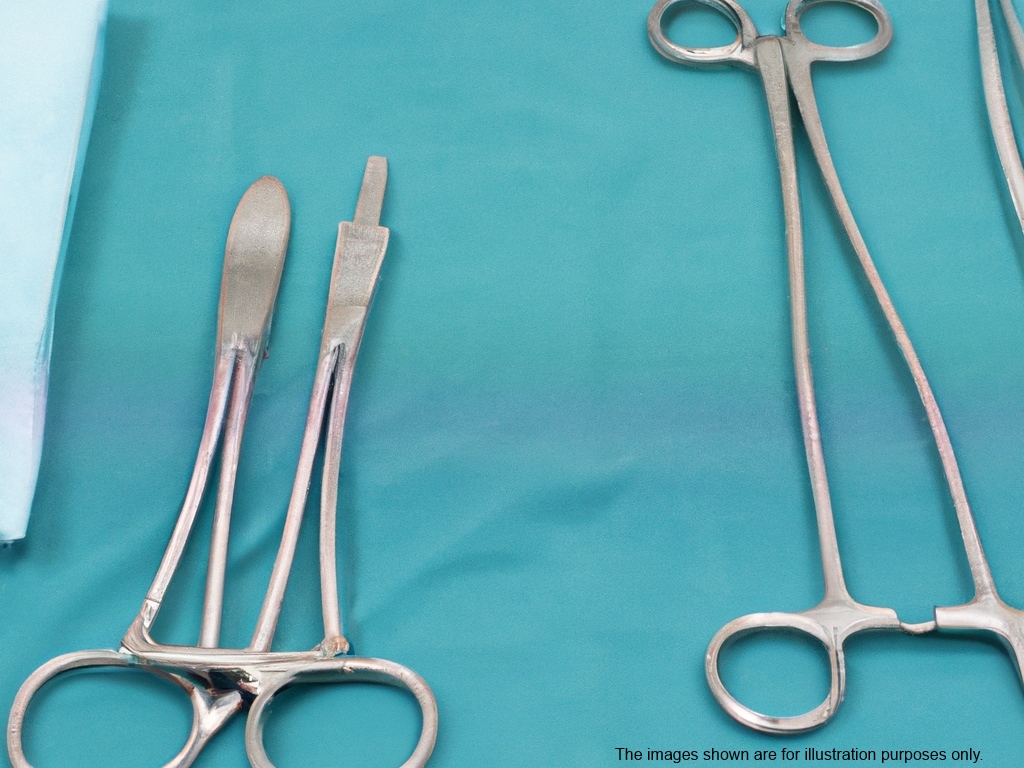Nasopharyngeal Cancer (Nose Cancer)

The nasopharynx refers to the area where the back of the nose meets the
upper part of the throat. Nasopharyngeal cancer typically originates from
the curved part behind the nose or the post nasal space. Because the tumor
is located near critical structures such as the brain, spinal cord, and
throat, advanced-stage nasopharyngeal cancer can manifest numerous symptoms.
This type of cancer is prevalent among the Chinese population, particularly
in regions like Hong Kong and Southern China. In Singapore, the incidence
rate is approximately 25 cases per 100,000 people.
Recent data from the National Cancer Registry indicates that nasopharyngeal
cancer ranks as the second most common cancer among Singaporen men, following
lung cancer. Compared to global statistics, Singaporen Chinese males exhibit
the second-highest incidence rate, while local Chinese women have the
highest incidence worldwide.
The incidence of this cancer tends to increase with age, especially between
50 and 60 years old. However, as the population grows, there has been an
observable rise in cases in recent years.
While an epidemiological study in Hong Kong years ago linked the consumption
of salted fish at a young age to nasal cancer, recent studies have suggested
a viral origin of the disease, particularly involving the Epstein-Barr
virus. Other environmental factors, such as the consumption of preserved
food and fermented fish products, as well as exposure to toxic fumes and
tobacco, may also contribute to its development.
Symptoms
Early symptoms may include:
- Nosebleeds
- Hearing issues like ringing and tingling
- Nasal congestion
As the disease progresses, symptoms may include:
- Hearing loss
- Facial numbness
- Coughing up blood
- Difficulty swallowing
- Breathing difficulties due to nasal blockage
- Double vision
Diagnosis
Diagnosis typically begins with a comprehensive examination by an ear, nose,
and throat (ENT) specialist, who may perform a biopsy if abnormalities are
detected. A biopsy involves taking a small tissue sample to confirm the
presence of cancer cells. Further tests, such as CT scans or MRIs of the
head and neck, may be conducted to determine the extent of the disease.
Treatment
For early-stage (Stage I or II) nasopharyngeal cancer confined to the back
of the nose, radiotherapy is the primary treatment option. At advanced
stages (Stages III and IV), which involve lymph node involvement, a
combination of radiotherapy and chemotherapy is often recommended. The side
effects of treatment may include dry mouth, loss of taste, difficulty
swallowing, and skin changes, but these are usually temporary and can be
managed with proper care.
Newer treatment techniques, such as CT scan-based treatment planning, aim to
reduce long-term side effects.
undo Common Diseases in Singapore